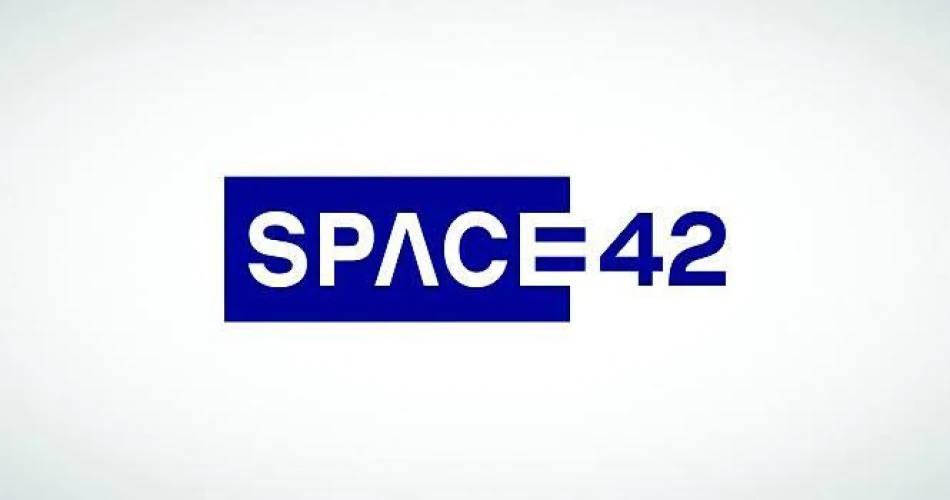
Space42 Secures Funding to Expand into Competitive African Market
Space 42 Eyes African Expansion to Challenge Musk's Starlink Dominance
UAE-based satellite operator Space 42 is actively seeking funding to accelerate its expansion across Africa, positioning itself as a direct competitor to Elon Musk's Starlink service, which currently operates in 18 African nations. The company's timing appears strategic, capitalizing on regulatory hurdles facing Starlink in key markets like South Africa while building partnerships with major tech players including Microsoft.
Strategic Partnerships Drive Continental Push
Space 42 has entered early-stage discussions with several high-profile partners to fuel its African ambitions. The company is engaging with the African Union Development Agency, signaling institutional backing for its expansion plans. Existing partnerships with Microsoft and data center company Esri are already yielding results through mapping initiatives designed to enhance cartographic capabilities across the continent.
The satellite operator has moved beyond planning into active deployment, connecting schools and clinics in South Africa and Zimbabwe. This grassroots approach mirrors successful strategies employed by telecommunications companies in emerging markets, where essential services connectivity often paves the way for broader commercial adoption.
Starlink's Regulatory Challenges Create Market Opening
Space 42's expansion comes at a crucial moment for the African satellite internet market. Musk's Starlink faces significant regulatory obstacles in South Africa, the continent's largest economy, where Black Economic Empowerment rules require the company to cede 30% ownership to local partners for licensing approval.
Starlink's attempts to negotiate alternative arrangements—potentially replacing ownership requirements with investment programs—have yet to succeed. This regulatory standoff creates a window of opportunity for Space 42 to establish market presence while its larger competitor navigates complex local requirements.
Regulatory Landscape Favors Regional Players
The South African situation reflects broader tensions across Africa regarding foreign-controlled satellite services. Many African governments prioritize local partnership requirements and technology transfer mandates, areas where regional operators like Space 42 may find more favorable reception than Silicon Valley giants.
Technical Capabilities and Market Positioning
Space 42 currently operates eight satellites with plans to launch three additional units this year. The company's network provides coverage across 150 countries spanning Africa, the Middle East, parts of Europe, and most of Asia—a geographic footprint that positions it well for cross-regional connectivity solutions.
Unlike Starlink's low Earth orbit constellation approach, Space 42's satellite architecture focuses on targeted regional coverage, potentially offering more cost-effective solutions for African markets where price sensitivity remains a critical factor for adoption.
Investment Implications and Market Dynamics
The satellite internet race in Africa represents a significant growth opportunity, with the continent's internet penetration still lagging global averages despite rapid mobile adoption. Space 42's funding discussions suggest investors are recognizing Africa's potential as a high-growth market for satellite connectivity services.
The company's partnership-heavy approach contrasts sharply with Starlink's more unilateral market entry strategy. This collaborative model may prove more sustainable in African markets, where local relationships and government support often determine long-term success for international technology companies.
For investors and industry observers, Space 42's African expansion represents a test case for whether regional satellite operators can successfully compete with well-funded global players by leveraging local partnerships and regulatory advantages. The outcome could influence similar competitive dynamics in other emerging markets across Asia and Latin America.
 Omar Rahman
Omar Rahman







